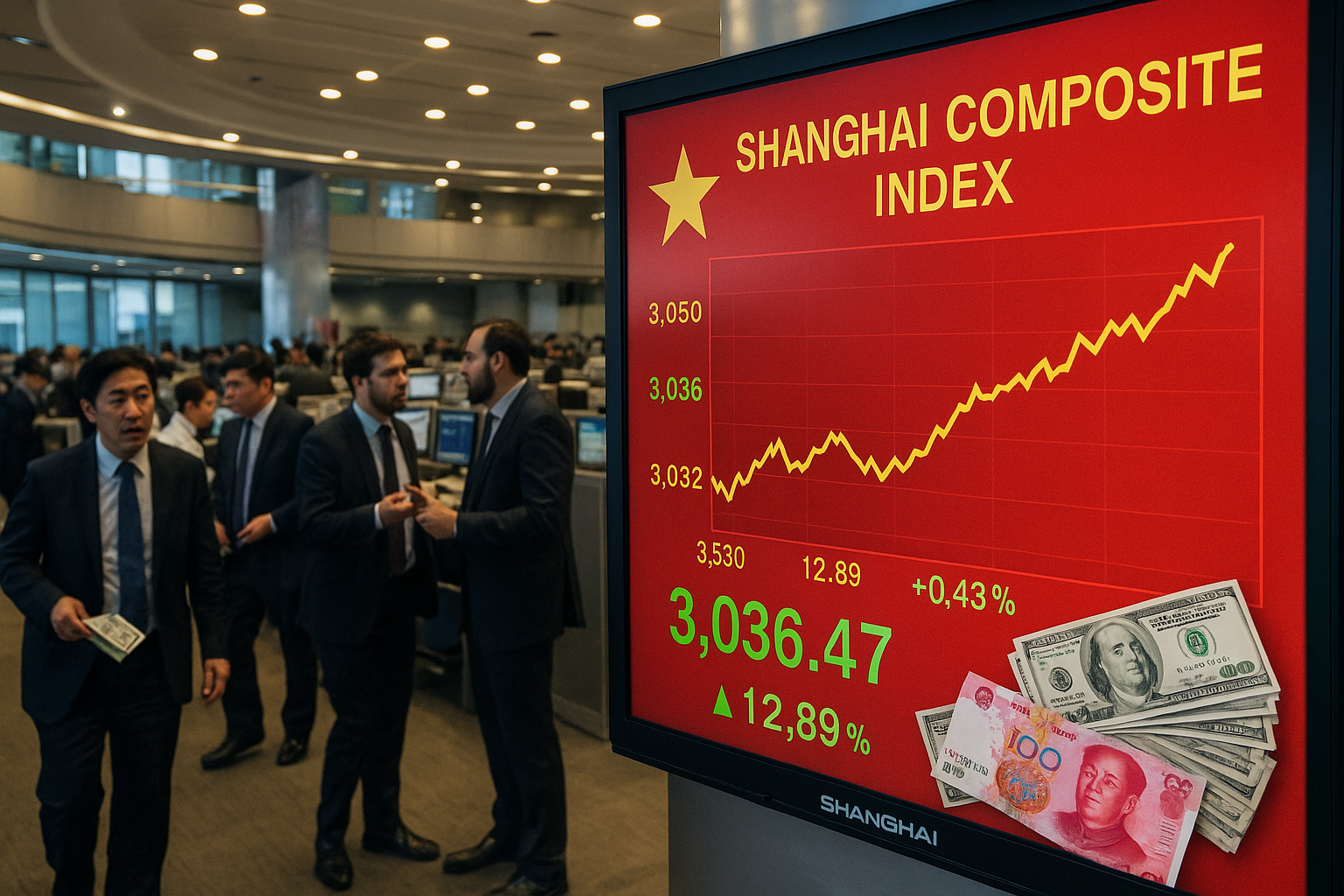China’s economy has faced turbulence in recent years. A shrinking workforce, weak productivity growth, and the collapse of major developers such as Evergrande weighed heavily on confidence. Yet, in 2025, the Shanghai Composite index surprised many. It surged 17% year-to-date, outpacing both the S&P 500 and global benchmarks. This performance shows how China’s stock market can move independently of broader economic struggles. For investors, it highlights the gap between China’s slowing growth and the strength of its capital markets.
China Becomes a Magnet for Foreign Investors
Foreign investors are returning after once calling China’s $19 trillion stock market “uninvestable.” The rally has been fueled by sovereign funds, insurers, and other big institutions. Retail investors are only now reentering, while foreign hedge funds and asset managers see fresh opportunities. In August, global hedge funds marked their largest monthly buying of China stocks in six months. Firms like Polar Capital have lifted their China allocations sharply, and interest in China-focused funds has climbed. For many global investors, China is no longer optional—it is becoming a standalone asset class.
Investors See Innovation Driving Growth in China
Another powerful magnet is China’s innovation push. Despite trade tensions and U.S. tech export bans, the country has advanced in artificial intelligence, semiconductors, and biotech. DeepSeek’s cost-efficient AI model, which rivals ChatGPT, has ignited global attention. Biopharmaceuticals also attracted record foreign direct investment this year, with AstraZeneca committing billions to research in Beijing. The momentum extends to robotics and education, where government policies favor technology adoption. For investors, these industries signal long-term potential even as traditional sectors, like real estate, remain weak.
China’s Policies Aim to Attract and Reassure Investors
Beijing has responded to weak foreign direct investment with bold measures. The State Council unveiled its Action Plan for Promoting High-Level Opening-up, easing market access and expanding tax incentives. New policies support cross-border flows of information and improve business environments. These steps helped FDI in biopharma and AI surge, even as overall inflows dipped 13.2% in the first five months of 2025. Investors see these efforts as evidence that the government is serious about strengthening its appeal. The combination of stimulus and reform is making China more attractive to global capital once again.
Investors Balance Opportunity With Risk
While confidence is improving, challenges remain. Deflationary pressures, weak factory output, and sluggish consumer demand show that China’s economy is far from fully healed. Some strategists warn that the stock market rally needs broader economic strength to be sustainable. For now, foreign investors are cautious. Many are visiting China and Hong Kong to explore opportunities but have not committed large, long-term inflows. The situation reflects a delicate balance—China offers unmatched growth potential, but risks are still significant. Investors must weigh both sides carefully before diving in.
